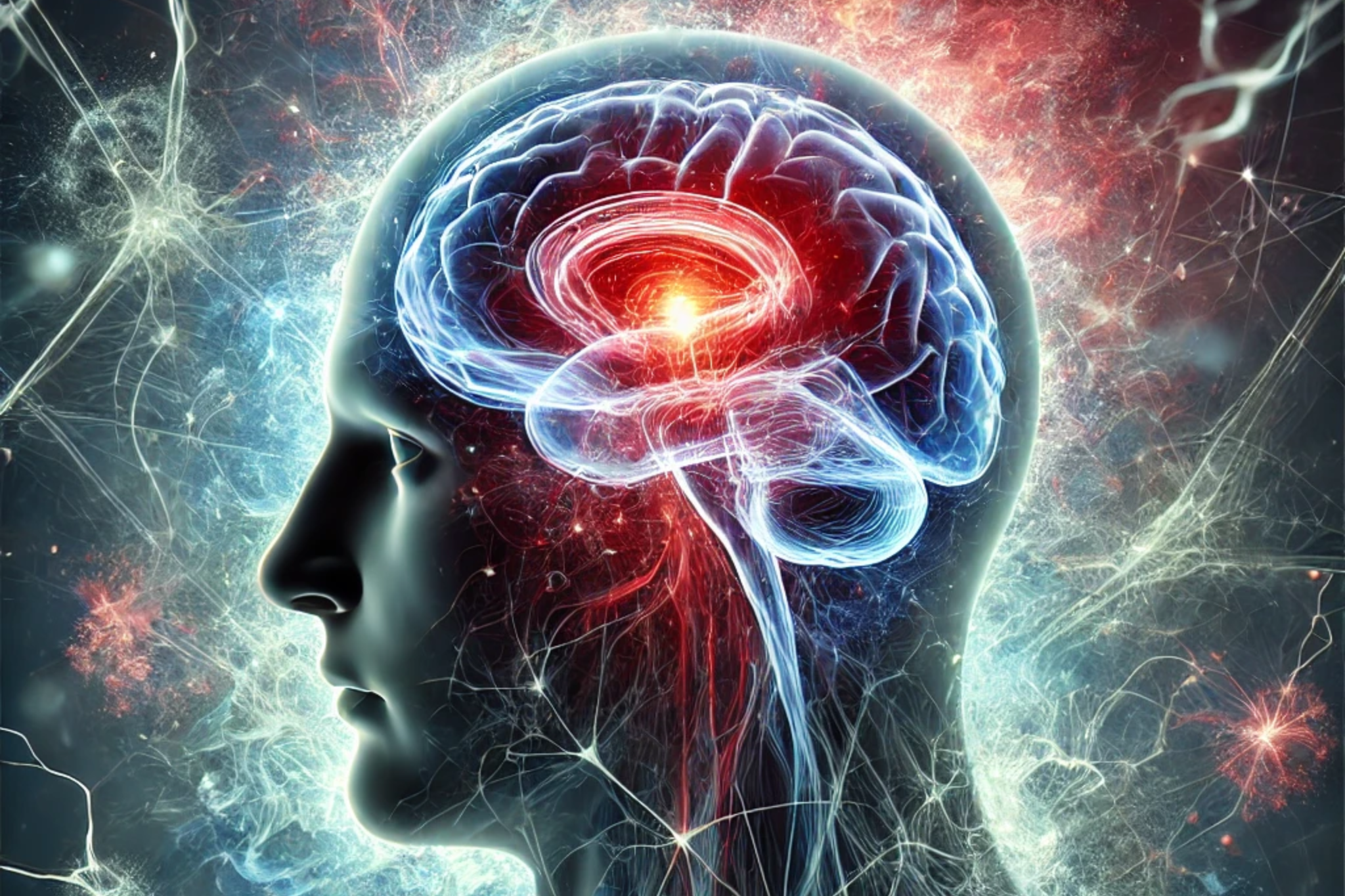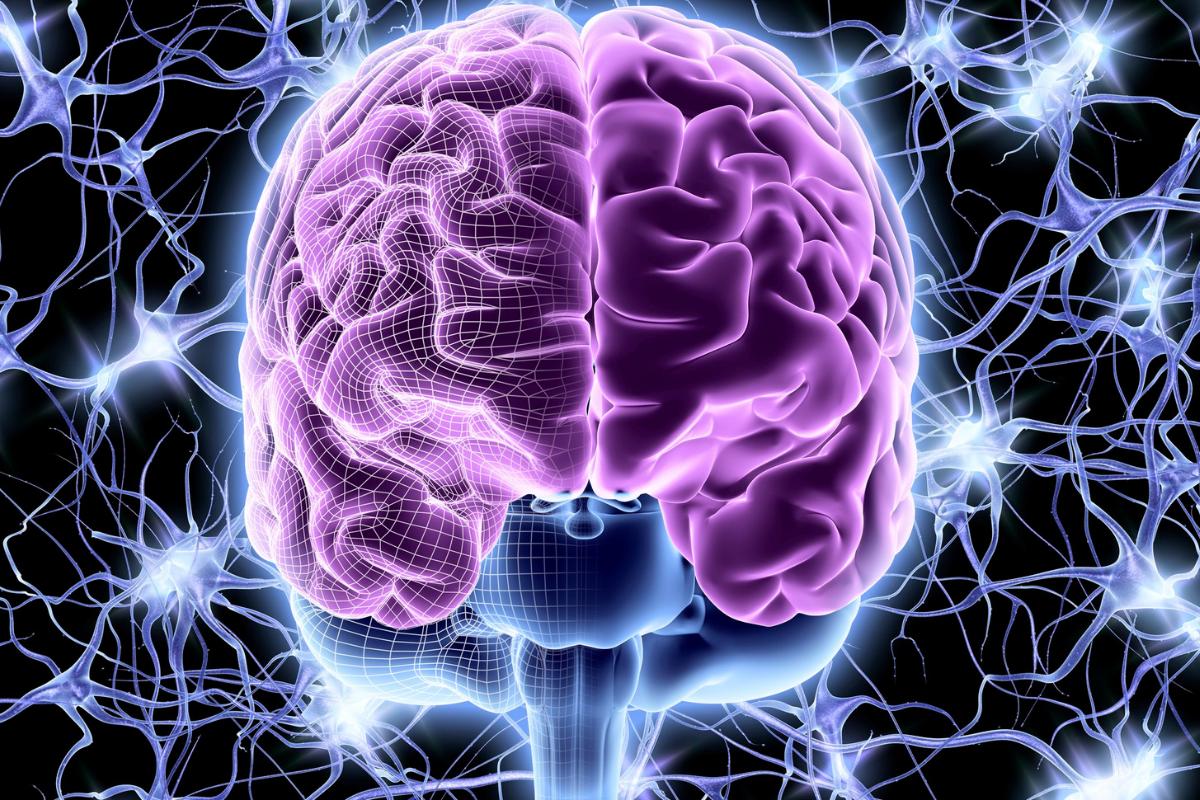Post-traumatic stress disorder (PTSD) is a disorder based on intense, unpleasant and dysfunctional reactions that usually occur after an event of great emotional impact. It is very common, for example, in soldiers returning from war.
The condition has been known since ancient times. Writings have been found on Mesopotamian tablets containing information about soldiers, after the war, who had visions of the men of the enemy army they had killed.
Of course, it wasn't known by this name, but the fact is that it's a problem that has always existed and it was after the American Civil War that these symptoms were seen with greater attention.
Today, we not only have a clear definition but also the diagnostic criteria in the DSM-5 to help identify the symptoms and thus start treatment as soon as possible to improve the patient.
What is Post-Traumatic Stress Disorder (PTSD)?
Definition and Clinical Context
The clinical presentation of the condition can vary for each individual. Some, for example, relive the same feeling of fear when they are placed in a banal everyday situation that is even vaguely reminiscent of the traumatic situation.
Another common symptom is that the person no longer feels pleasure and satisfaction in doing tasks that used to be hobbies and there is also a predominance of negative thoughts in the simplest of situations.
There are also patients who have highly arousing behaviours, but there are also dissociative behaviours such as temporary amnesia, depersonalization (a feeling of detachment from oneself, a distorted perception of the world and so on.
In other words, a careful and precise assessment is needed to understand that this is PTSD and not another pathology. Therefore, the experience of a good professional and understanding when a differential diagnosis is necessary are fundamental and important points for starting treatment.
When is PTSD complex?
In PTSD we have one-off traumatic events such as a car accident, a robbery, a violent situation and so on. It was a situation that occurred at a particular moment in life.
However, in the case of complex post-traumatic stress, the event lasts for a long time, months or years. These are situations such as physical, psychological and sexual abuse, especially of children and adolescents, torture, war situations and domestic violence.
Thus, in the case of complex post-traumatic stress, treatment intervention needs to be looked at more closely.
Symptoms of Post-Traumatic Stress

Intrusive Symptoms
These are distressing memories and thoughts that arise in the mind uncontrollably and involuntarily. In the case of children over the age of 6, intrusive thoughts can appear in play, whether in the theme of a make-believe story or in other aspects.
Dreams in which there is a feeling of anguish present can also be recurrent, but they don't usually clearly show that they are related to the traumatic event, but it is like reliving the same sensations.
Flashbacks are also intrusive symptoms. Often, an object or situation in the environment causes the mind to flash back to the moment of the trauma, bringing up unwanted memories.
Avoidance behavior
The patient avoids, at all costs, situations or stimuli that are associated with the event. For example, passing by or near the site of the accident, doing tasks that remind them of the event (even those that have always been pleasurable), having contact with people who participated in the moment in some way, and so on.
Cognitive and Emotional Changes
The patient can't remember parts of the traumatic event, which is caused by dissociative amnesia and not for other reasons such as head trauma in the case of an accident, for example.
The person starts to have very negative beliefs and expectations about themselves and others: "I can't trust anyone", "the world is too dangerous", "I'll never be able to love again"...
Hypervigilance and Increased Reactivity
Here, the patient shows heightened emotional reactions whenever they encounter something related to the event, such as a conversation on the subject.
Thus, they may show outbursts of anger disproportionate to the situation, which can be expressed in the form of physical or verbal aggression, reckless behavior and also hypervigilance, thus having problems concentrating and also difficulty sleeping.
Biological Basis of Post-Traumatic Stress Disorder

The brains of patients with PTSD show dysfunction in two important axes: the sympathetic-adrenal axis and the hypothalamic-pituitary-adrenal axis (HHA), responsible for the production of cortisol and noradrenaline.
In people without the pathology, these axes function perfectly, stimulating the production of these hormones in the ideal quantity for the process of consolidating emotionally charged memories to take place in the hippocampus (the region of the brain responsible for storing important information and behavior). This is essential for survival, as it's because of this that we don't put our hand in a flame, for example.
In the case of people with PTSD, these axes work differently. Noradrenaline is produced in greater quantities than necessary and cortisol - whose role is to control the production of this substance - is produced in smaller quantities than it should be.
As a result, the process of consolidating emotionally charged memories is exacerbated and memory hyper-consolidation occurs, which explains various symptoms of PTSD, such as intrusive thoughts and flashbacks.
In fact, these symptoms generate a kind of feedback, in other words, when these thoughts or flashbacks arise, there is an increase in noradrenaline which reinforces the fixation of that memory of the trauma.
Diagnosis of Post-Traumatic Stress Disorder
Clinical Criteria
The DSM-5 establishes the criteria that should be applied to diagnose the disease. These include:
- experiencing the traumatic event or as a witness;
- knowing that the event involved a close relative;
- being continuously exposed to details of the traumatic event (for example, police officers who deal directly with cases of child abuse;
- having one or more of the intrusive symptoms;
- negative changes in brain function or mood;
- being extremely reactive to anything directly or indirectly related to the traumatic event.
Some of the symptoms must last for more than a month and cause significant impairment in social, family, professional or other areas. In addition, these impairments must not be caused by the use of substances such as medication, alcohol or any other medical condition.
Differential Diagnosis
There are other disorders that can easily be confused with post-traumatic stress disorder because of their similar symptoms. But an experienced professional who is aware of the DSM-5 criteria will be able to differentiate between them and offer the correct diagnosis.
For example, in OCD there are also recurring intrusive thoughts, but they are not related to a traumatic event experienced by the patient. Another example is Major Depressive Disorder, which may or may not develop after a traumatic event.
Read also our content on depression and neuroinflammation.
Treatment of Post-Traumatic Stress Disorder
Psychotherapy
Here, the professional aims to expose the memory to the traumatic event by having the patient recount the situation several times and, each time it is recounted, there is a greater wealth of detail, helping the professional to work better on these memories.
This helps the patient to reduce and eliminate associations of people, smells, sounds, places and others with the traumatic situation and thus identify that there is no imminent danger in common everyday situations that could activate these memories.
Medicines
In general, the psychopharmacological treatmentEven the first-choice drugs do not lead to a significant improvement in the patient and only 20 to 30% show symptom elimination.
Therefore, the best choice is to combine medication with psychotherapy, especially the exposure technique. However, each professional will determine the best treatment - or combination - for each case.
Fluoxetine, paroxetine and sertraline are the most common drugs used to treat post-traumatic stress disorder.
Complementary therapies
At this point, it's important to invest time in something that makes the patient feel better, that can reduce anxiety and intrusive thoughts, for example. Therapies such as yoga, reiki, meditation and many others can help.
Prevention and personal care
Self-care strategies
Depending on the type of trauma, it's important to create strategies to prevent the situation from happening again. For example, in the case of physical and psychological abuse, one action that can help is to distance yourself from the person who caused the trauma. It's important to be accompanied by a psychologist so that this distancing is done rationally, for your own safety and not out of excessive fear.
In addition, taking care of yourself is essential. Exercising, eating better, taking care of your personal relationships, not running away from your feelings and experiencing them with the people you love by your side can help prevent PTSD.
Importance of professional and social support
Having the support of professionals who are experts on the subject is fundamental and being able to talk about it without prejudice is also important. Don't be ashamed to go to a psychiatrist or tell someone you're in therapy to help you overcome the traumatic situation.
Now that you know a lot about Post-Traumatic Stress Disorder and suspect you may have the problem, see a psychiatrist. Dr. Petrus has years of experience and in addition to face-to-face consultations, he also offers the option of online consultations. Here's how the services work!






